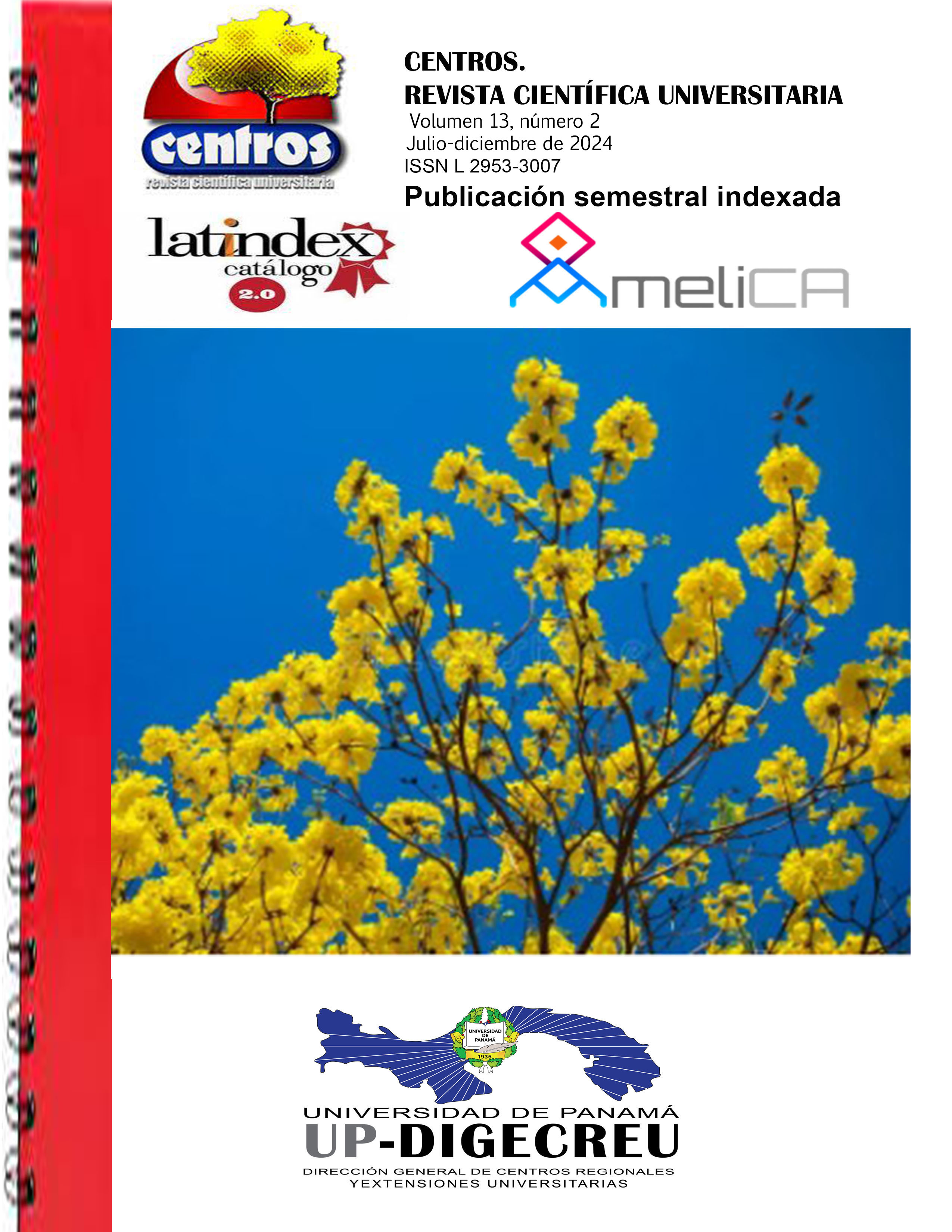

Copyright (c) 2024 Centros: Revista Científica Universitaria

This work is licensed under a Creative Commons Attribution-NonCommercial-ShareAlike 4.0 International License.
Planning and land use planning in Panama have evolved significantly in recent decades, from the creation of the Ministry of Planning and Economic Policy (MIPPE) in the 1960s to the creation of Law 61 of October 23, 2009 Official Gazette Nº26395 of October 23, 2009, which reorganizes the Ministry of Housing and establishes the Vice Ministry of Land Use Planning. However, urban planning for sustainable tourism development in Chitre puts the sustainability of the destination and the local quality of life at risk. The objective of this mixed study was to evaluate urban planning for sustainable tourism development in Chitre. The qualitative phase consisted of a review of urban-tourism regulations and norms, while the quantitative phase was based on 266 random digital surveys applied with ArcGIS Survey123. The results highlight that effective urban planning contributes to sustainable tourism and enriches the experience of citizens and visitors. To improve the results, it is suggested to consider changes in the factors that impact the perception of respondents, such as an alternative rating scale. Among the conclusions, the need to improve public transportation, foster a sense of belonging and connection with the environment, diversify the tourist offer, and consider public and private management to transform green spaces stand out. In general, this study has raised concerns that contribute to progress in the field of urban planning for sustainable tourism development in Chitre.